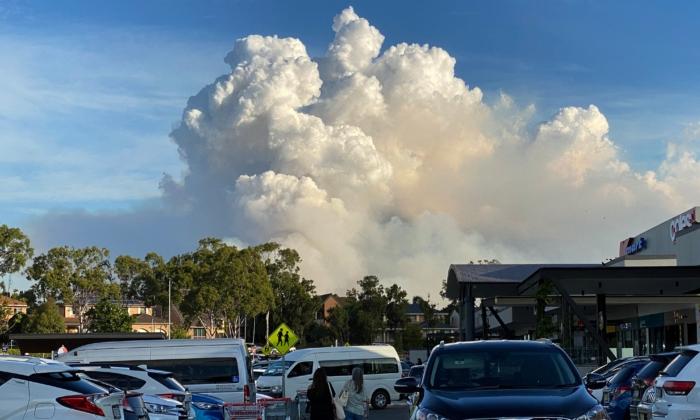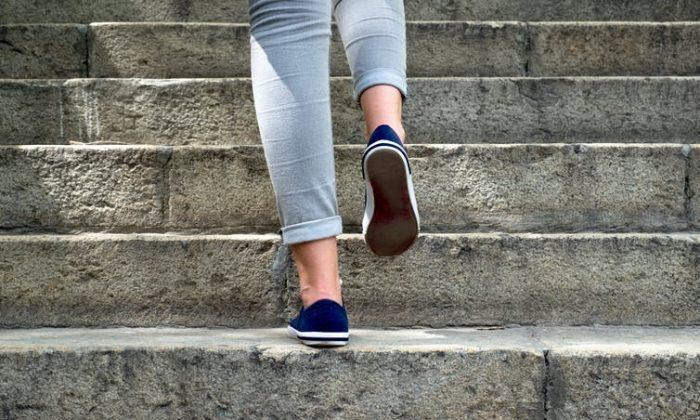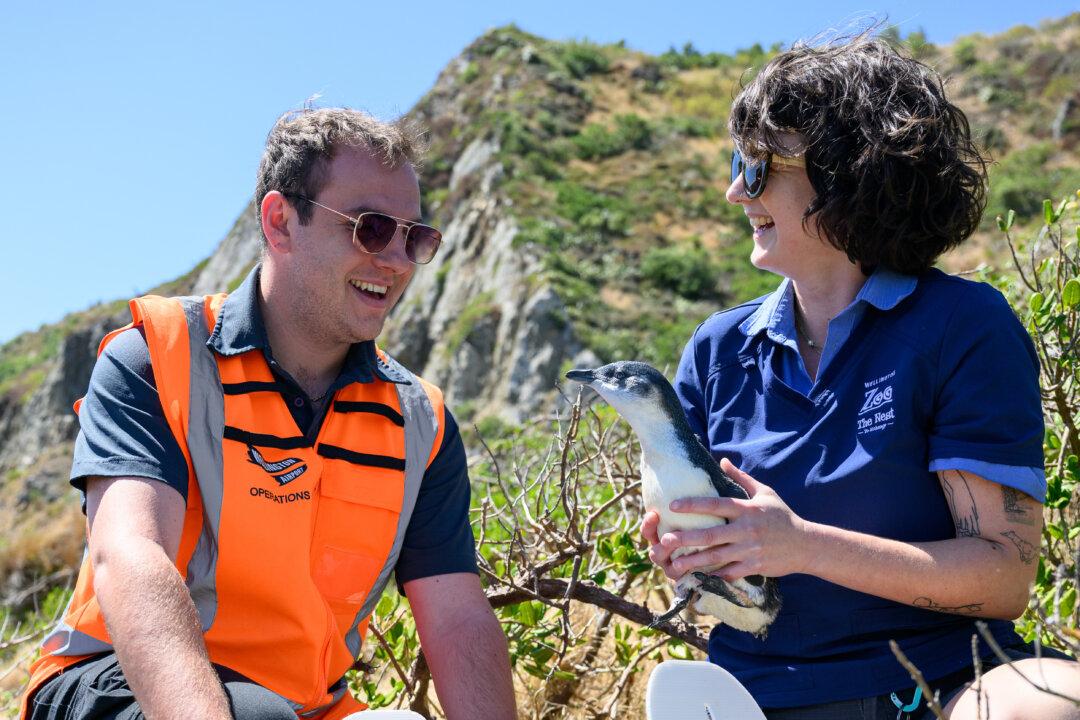Health organisations and fire services have urged Australians to look after themselves and be aware of extra pollutants in the air as hazard-reduction burns occur around the country.
Controlled burning has begun ahead of the bushfire season from Oct. 1, when warm and dry conditions create a heightened fire risk.
While for some people it is just an inconvenience, to others, particularly for people with lung conditions, including asthma, bronchitis, and chronic obstructive pulmonary Disease (COPD), exposure to smoke has near and long-term impacts, according to leading lung health body Lung Foundation Australia’s Acting CEO Christa Bayer.
“As a bushfire burns, a mixture of fine particles and toxic gases are released into the air as smoke, and these particles known as PM2.5 can go deep into the lungs, enter the blood and travel throughout the body,” Ms. Bayer said in a release.

‘No Safe Level of Air Pollution’
“Short-term, breathing in these particles can exacerbate existing health issues, impair lung function, and increase hospitalisation and death rates. There is no safe level of air pollution,” Ms. Bayer said.“Exposure to these particles can cause lung cancer, as well as a range of other conditions including pneumonia, COPD, heart disease, stroke, worsen asthma, and other respiratory conditions, and has even been linked to diabetes, adverse pregnancy outcomes, and neurological diseases.”
She said poor air quality can also very seriously affect people with heart disease, heart failure, or who have previously had a stroke.
“For people living with lung health issues, it is important to work out a clear plan with your doctor for rapidly detecting and responding to any deterioration in symptoms,” she said.
Taking Care of Your Lungs Under Smoky Conditions
The Lung Foundation Australia offered the following suggestions for those who are in affected areas of controlled burns:- Check real-time air quality in your area such as the Bureau of Meteorology website.
- Pay attention to air pollution alerts from local newspapers, TV news, radio, and weather forecasts.
- Reduce physical activity outdoors while smoke is in the area and consider indoor activities instead.
- Wearing face masks can also reduce exposure to smoke.
- Rest more often and stay away from the smoke.
- Stay well by attending regular health check-ups and ensuring you are exercising regularly, avoiding main roads or rush hours.
- Switch the airconditioner to recycle or recirculate mode.
- Check that your medication is topped up and within expiry dates; and
- Have an emergency plan ready in the event of an evacuation or the loss of essential services e.g. power loss during bushfires.
- If you experience symptoms like coughing, severe shortness of breath, being unable to talk, or chest pain, stop exercising and seek help from a health professional.

This has also added an increased risk of bushfires across Australia in spring 2023.
In particular, large areas of central and northern New South Wales are expected to see an increased fire risk in the upcoming season. Hazard reduction burns have been undertaken where permitted to prepare for these risks.
After widespread rain and flooding, the Rural Fire Service is also asking people to turn their attention back to the risk of bush and grass fires.
“Wet weather over the last three years has caused prolific growth, and as we move out of this incredibly wet period the bush fire risk is returning,” said commissioner of the Rural Fire Service Rob Rogers.
- Trim overhanging trees and shrubs, mow grass, and remove the cuttings. Have a cleared area around your home,
- Remove material that can burn around your home, such as door mats, wood piles, and mulch,
- Clear and remove all the debris and leaves from the gutters surrounding your home.
- Prepare a sturdy hose or hoses that will reach all around your home.
“It’s important to have a plan, even if it’s a conversation with your family about what you will do during a fire—including where you will go, when you will go, and what you will take.”







